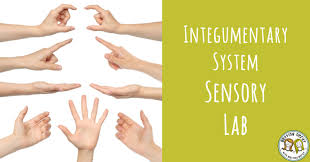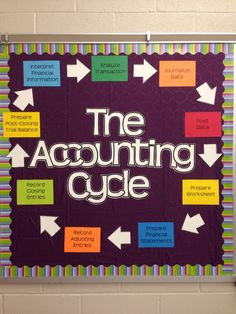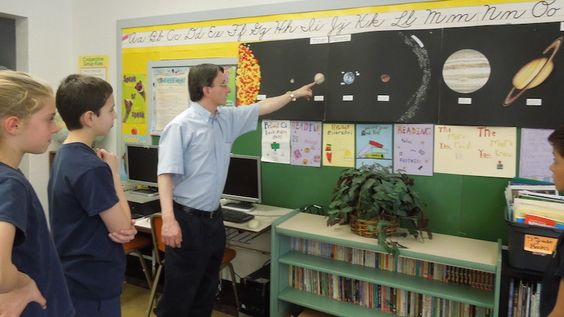As educational institutions, it is essential to understand and uphold your legal responsibilities towards international students. These obligations serve to protect both the students and the institution, ensuring a smooth and successful academic experience for all parties. In this article, we will discuss the primary legal responsibilities of institutions towards international students.
1. Compliance with Immigration Regulations
Educational institutions must adhere to strict immigration regulations when recruiting international students. This includes:
– Ensuring that applicants possess a valid study permit or visa
– Reporting any changes in enrollment status or program completion to the appropriate authorities
– Proper record keeping of student data
– Informing students about their visa conditions and expiry dates
Institutions may face penalties for non-compliance with immigration regulations.
2. Disclosure of Accurate Program Information
Providing accurate program information is crucial to the success of international students. Inaccurate or misleading information may result in unwanted surprises, unmet expectations, or even legal issues. Institutions have a responsibility to disclose:
– Program duration and costs (including tuition, living expenses, and other fees)
– Curriculum structure and content
– Graduation requirements
– Accreditation status of the program
– Career opportunities upon program completion
3. Ensuring Student Welfare
Institutions must take steps to ensure student well-being while studying abroad. This includes:
– Establishing a safe campus environment
– Providing access to health insurance options
– Offering support services specifically tailored to international students (such as counseling and cultural adjustment resources)
– Facilitating communication between students and their families back home
4. Upholding Anti-Discrimination Laws
Institutions must ensure that all students are treated fairly, regardless of nationality, race, religion, or other protected characteristics. This includes:
– Implementing policies prohibiting discrimination and harassment on campus
– Providing a clear system for reporting discriminatory incidents
– Addressing reported incidents promptly and objectively
5. Ensuring Access to Support and Advocacy Services
International students may encounter unique challenges while studying abroad, such as language barriers, cultural differences, or homesickness. Institutions must provide appropriate support and advocacy services to help students navigate these issues, including:
– Access to designated staff members responsible for international student services
– Providing information and resources to help students adjust to their new environment
– Creating opportunities for cultural exchange and engagement
In conclusion, educational institutions have a significant responsibility towards their international students. By adhering to immigration regulations, providing accurate program information, ensuring student welfare and creating an inclusive campus environment, institutions can foster positive experiences for international students. This not only enriches the lives of the students themselves but also strengthens the academic community and contributes to the institution’s global standing.











